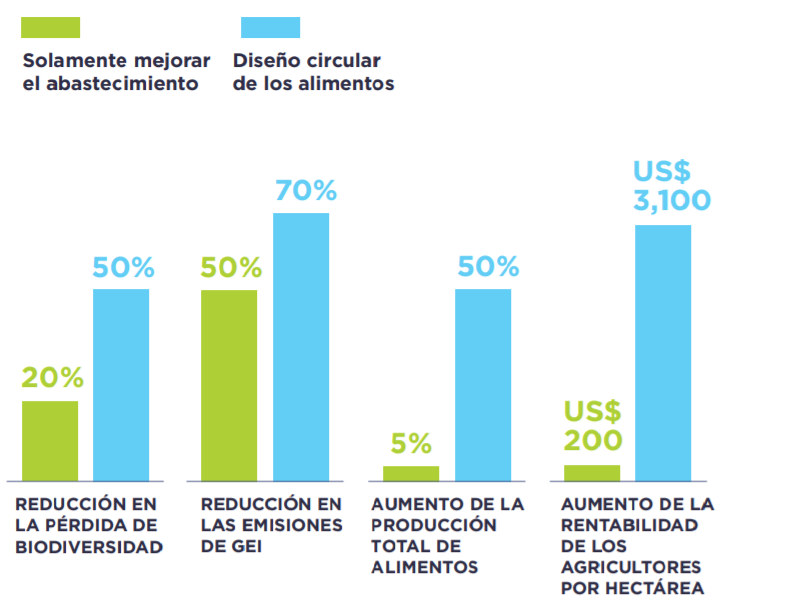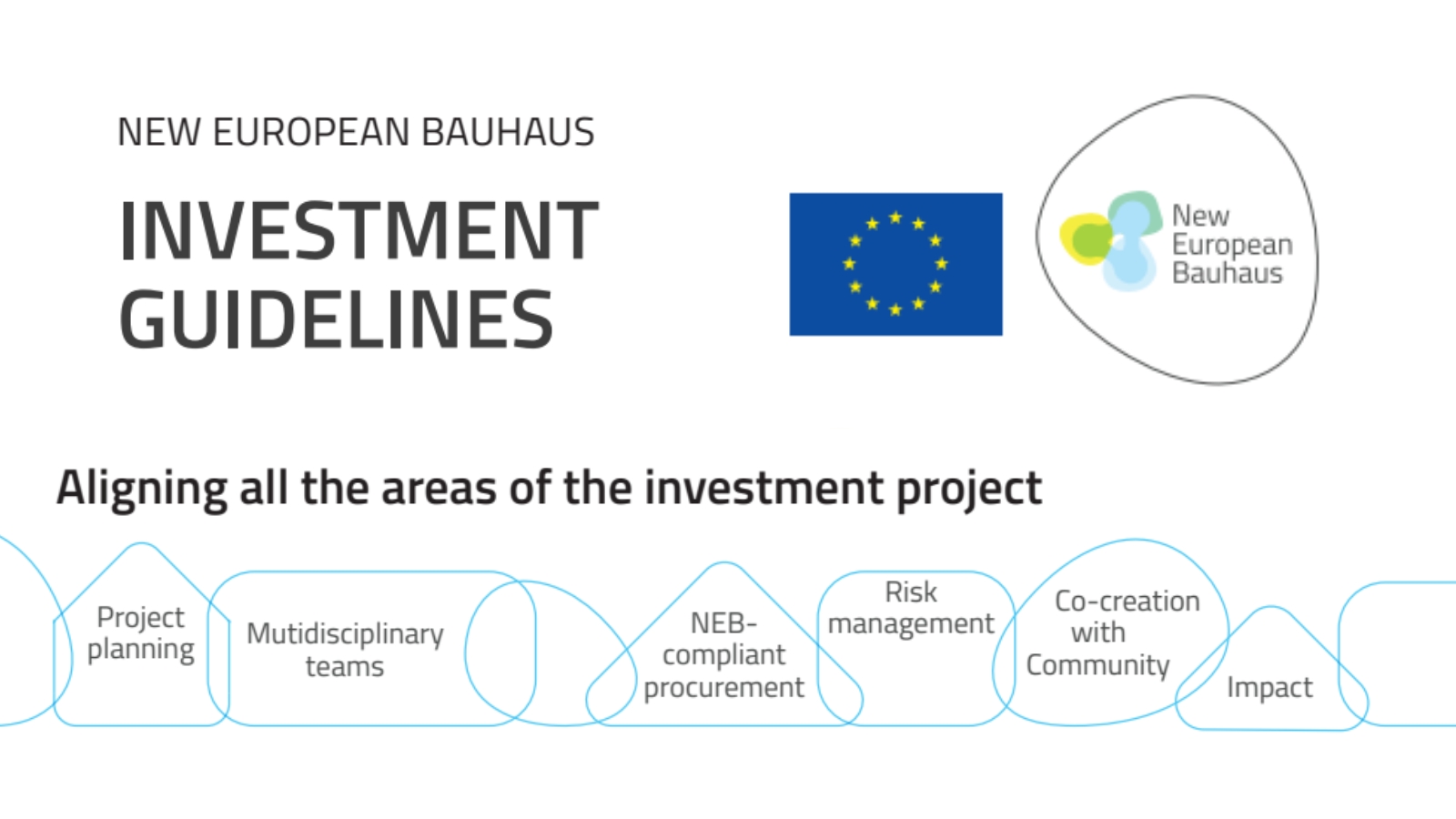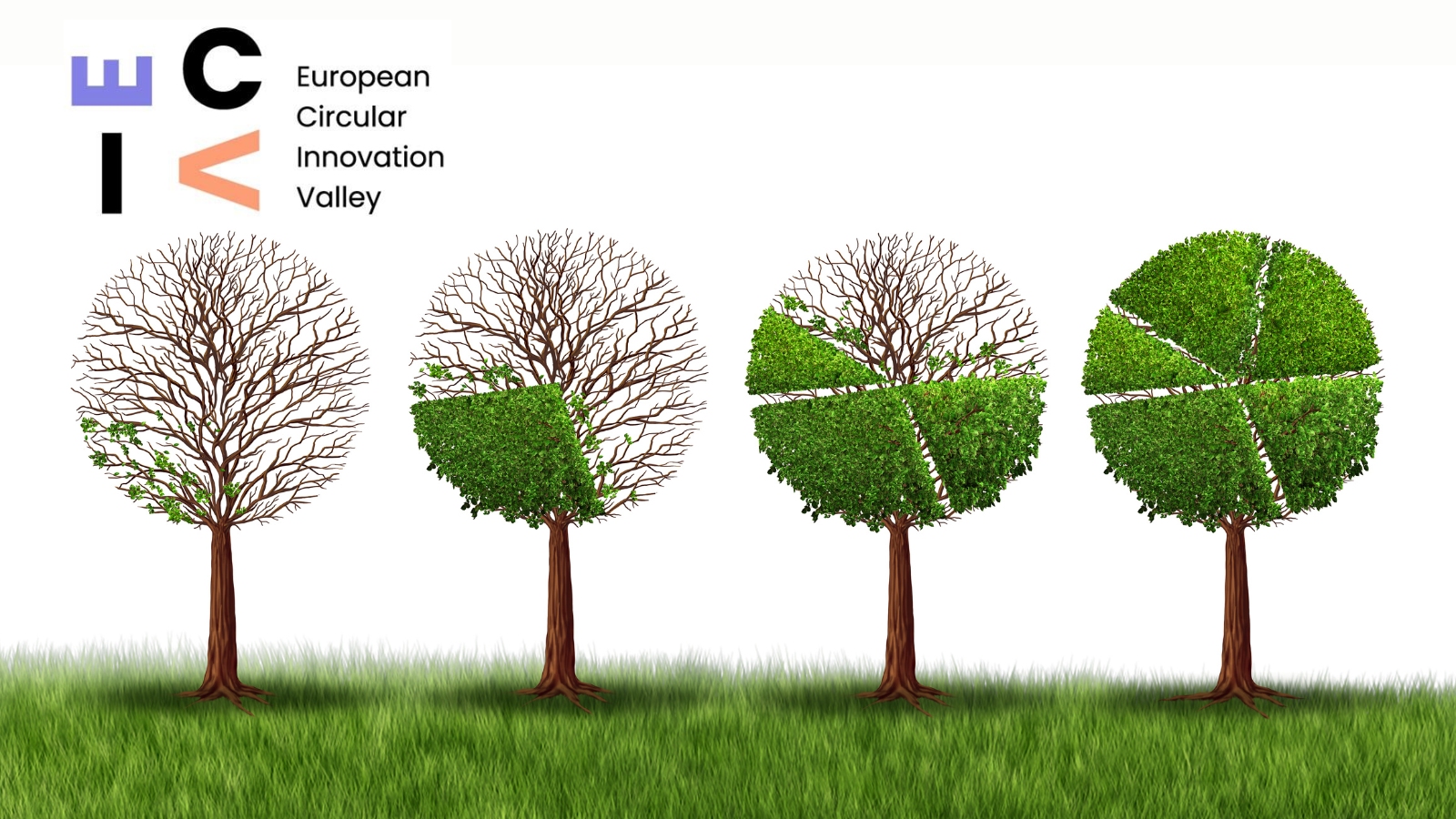“Instead of bending nature to produce food, food can be designed so that nature thrives” (Ellen MacArthur Foundation).
The food sector is the main driver of biodiversity loss and responsible for a third of global greenhouse gas emissions. But “a future is possible in which nature-positive food is available on a large scale”, and is one of the agents contributing to “protecting biodiversity and combating climate change”, according to the report ‘The Great Food Redesign: Regenerating nature with the circular economy’, by the Ellen MacArthur Foundation.
Based on this premise, the study proposes working together to move towards a food system that is “distributed, diverse and inclusive”, with positive impacts and benefits for consumers, current and future farmers and distribution companies.
Regarding the latter, the document notes that, “many of its actors are part of the problem, but given their size and influence, they can and must be part of the solution. They have a unique opportunity to make a large-scale contribution and accelerate the creation of a positive food system.
It also stresses the co-responsibility of consumers, who are playing a key role in this evolution towards other food models, with an increasing demand for healthier, organic and sustainable products.
The organisation warns that this transformation of the food system will take time and investment and is based on “the circular design of food”. This concept ranges from rethinking products to sorting, packaging, sourcing and logistics.

A key factor is to move from considering individual ingredients in isolation to understanding the broader ecosystems to which they belong. This means designing together with farmers, to ensure that the realities of evolving farming systems are taken into account.
“Some companies are already recognising the role of food design in positively transforming the food system. For example, the development of product portfolios to leverage cultivated biodiversity is one of the pillars of the business led by the ‘One Planet Business for Biodiversity’ initiative. But, across the food industry, food design remains an underexplored but significant opportunity to seize new business growth opportunities and create products that are not only nutritious and tasty, but also help achieve climate and biodiversity goals,” the study highlights.
Five actions to design ‘positive food’
The Ellen MacArthur Foundation study identifies five actions that companies can take “to make nature-positive food the norm”:
1. Create ambitious and well-resourced action plans to make nature-positive portfolios a reality.
2. Create a new dynamic of collaboration with farmers.
3. Develop iconic products to showcase the potential of circular design for food.
4. Use common metrics and definitions in agricultural settings.
5. Advocate for policies that support a nature-positive food system.









